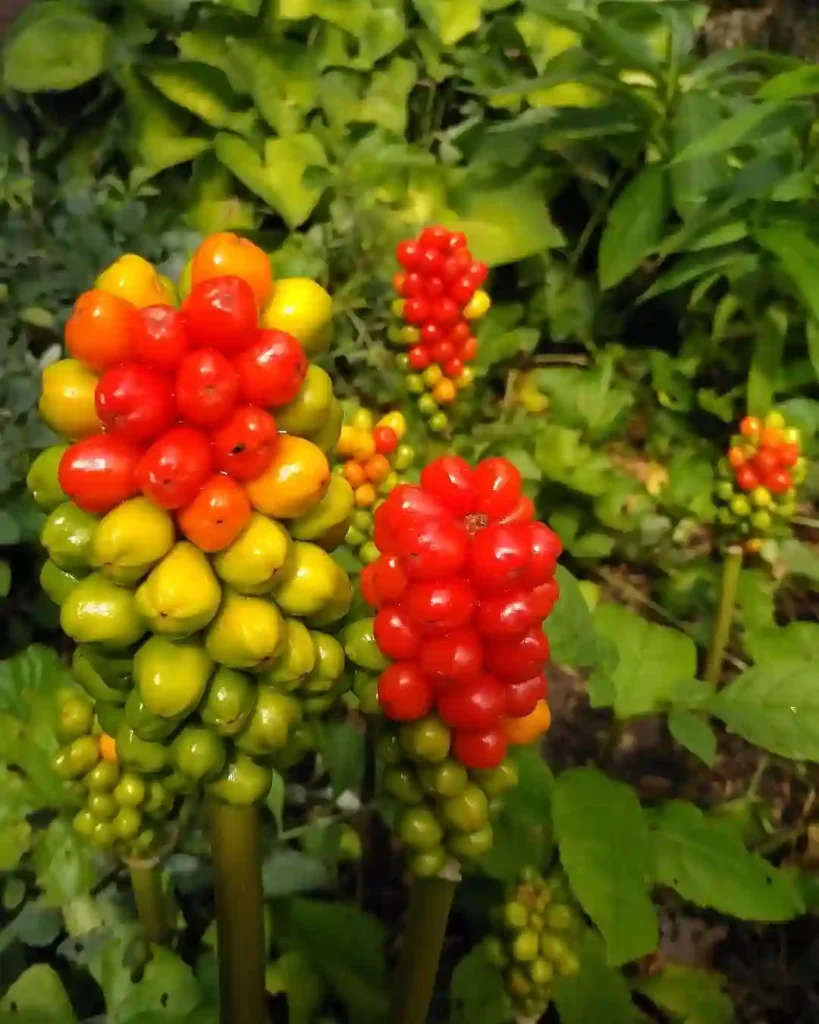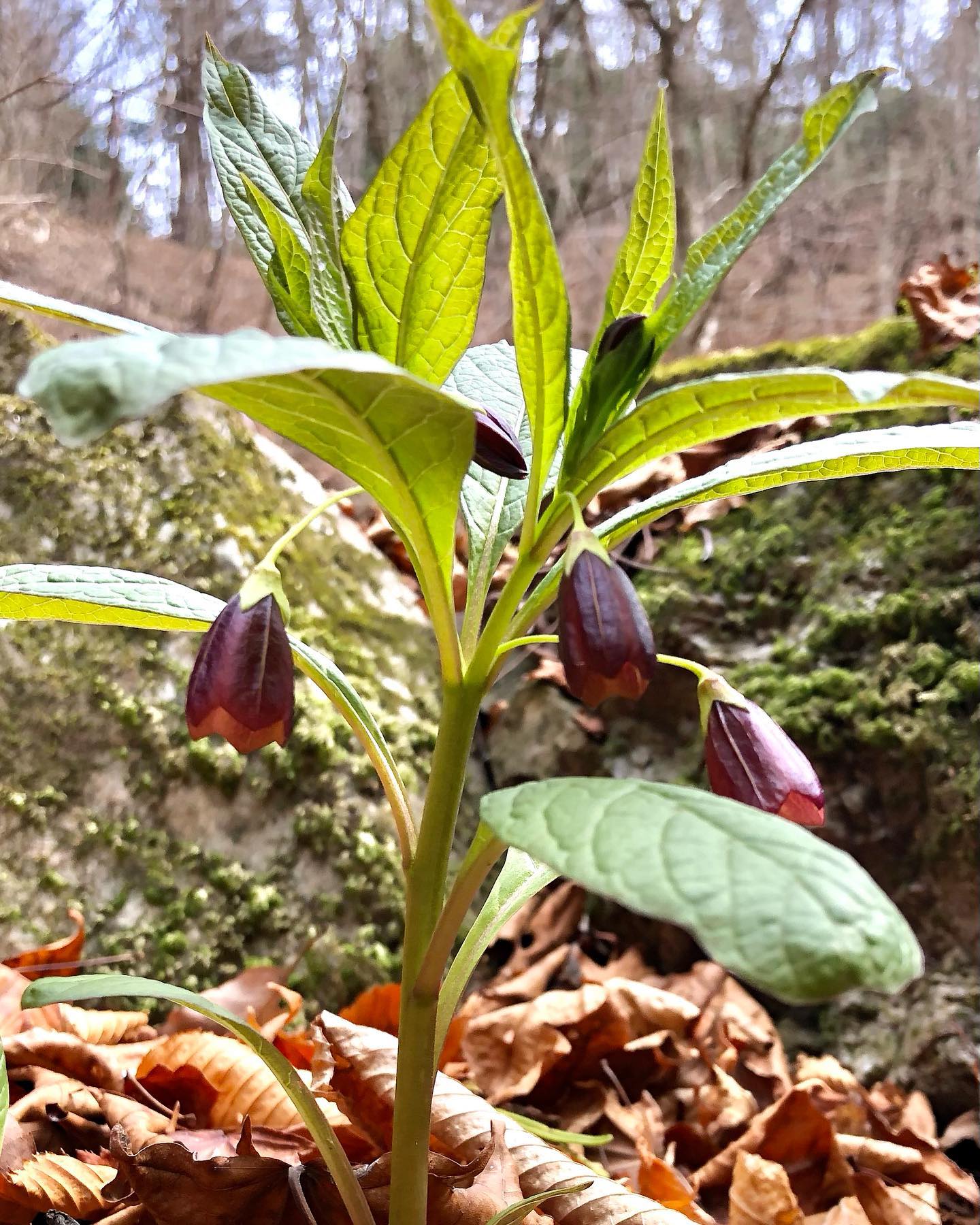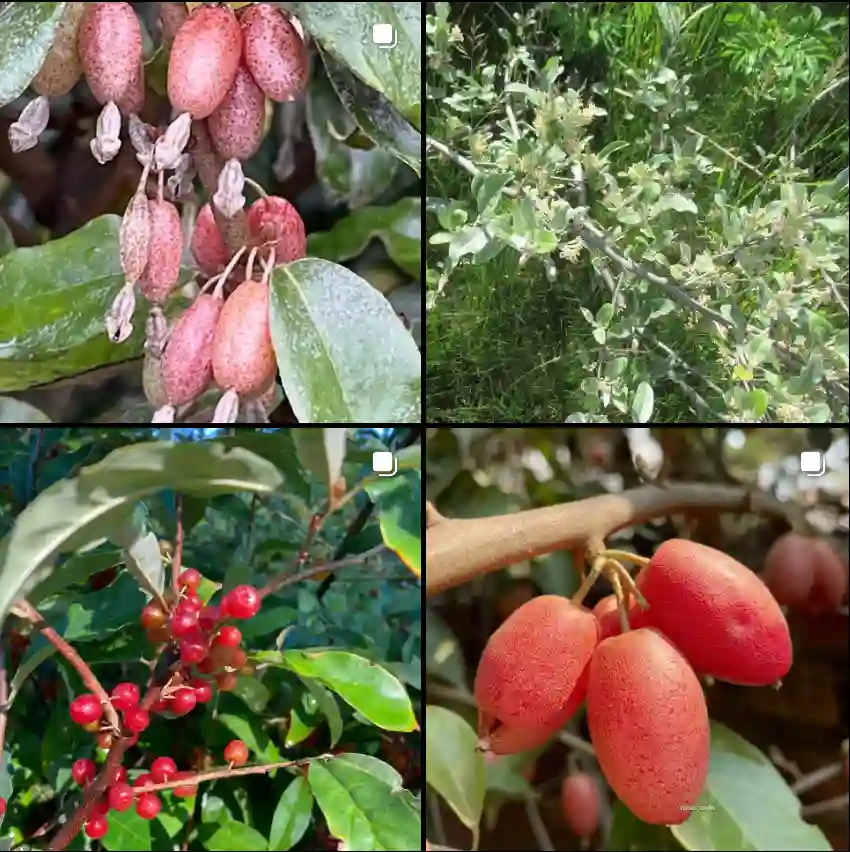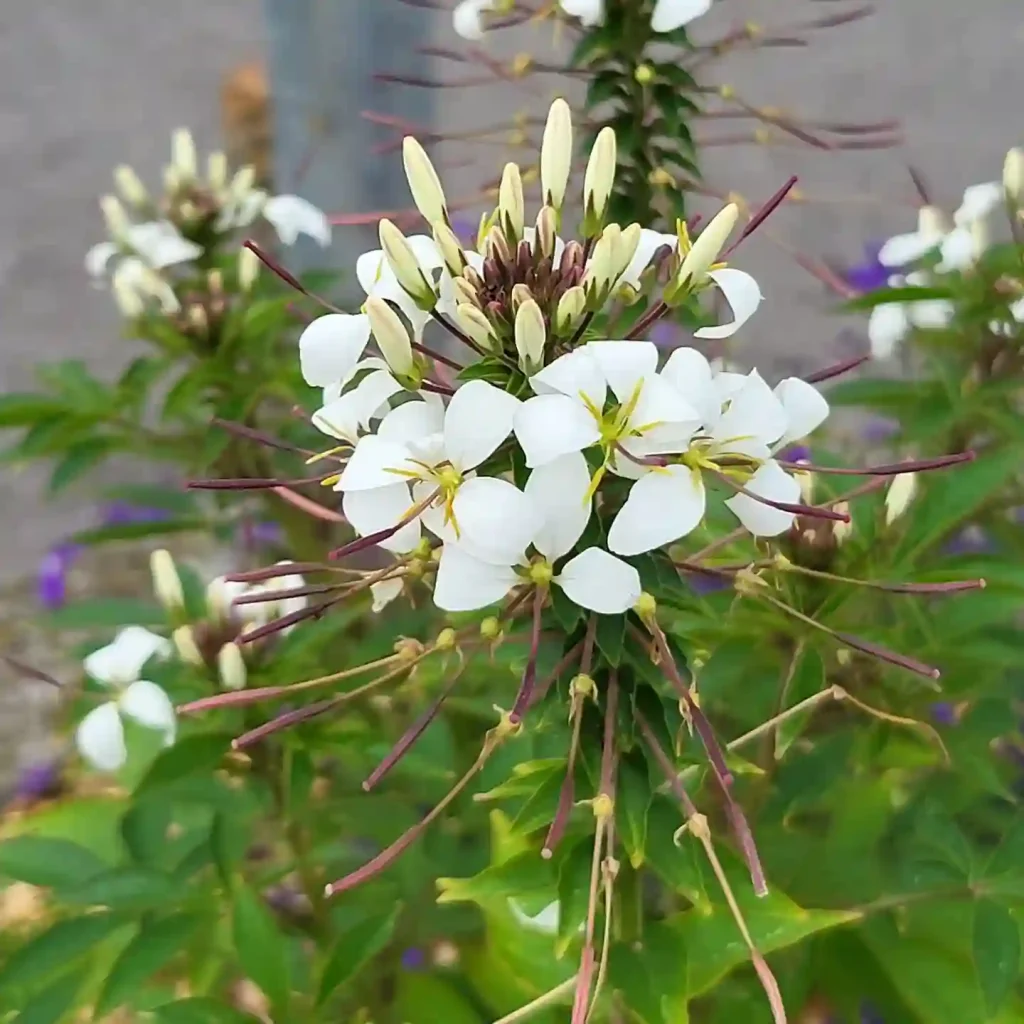Giants of the Mist: My Fascination with Dendrosenecio
The air is thin and cold. Mist swirls around me, obscuring the rugged slopes of Mount Kilimanjaro. I shiver, pulling my jacket tighter, but I can’t help but grin. This is it. This is where they live. The giants I’ve come so far to see. The Dendrosenecio, belong to the Asteraceae family.
I, Ferb Vu, am a plant enthusiast with a particular fondness for the unusual. And Dendrosenecio, a genus of giant groundsels endemic to the higher elevations of ten mountains in East Africa, are certainly that. These aren’t your typical garden-variety daisies. Imagine a sunflower, its stem thickened into a sturdy trunk, its leaves massive and leathery, its flower head a dense cluster of tiny yellow blooms. Now picture that plant towering above you, reaching heights of up to twenty feet. That’s a Dendrosenecio.
These botanical behemoths thrive in a harsh environment, where most plants struggle to survive. They’ve adapted to the cold, the intense sunlight, and the thin, dry air. Their leaves are covered in dense hairs, which help to insulate them and reduce water loss. Their stems are thick and succulent, storing water for periods of drought. And their unique rosette growth form, with leaves arranged in a spiral at the top of the stem, allows them to capture the maximum amount of sunlight.
But what truly captivates me about Dendrosenecio is their resilience. They endure freezing nights, scorching days, and strong winds. They even survive being burned by occasional fires, resprouting from their bases with renewed vigor. These plants are a testament to the power of life to persist in the face of adversity.
A Closer Look at the Species
Dendrosenecio is a relatively small genus, comprising only about a dozen species. Each species has its own unique characteristics and adaptations, reflecting the specific conditions of its mountain home. Here are:
- Dendrosenecio keniodendron: Found on Mount Kenya, this species is known for its tall, slender form and its dense, furry leaves.
- Dendrosenecio kilimanjari: As its name suggests, this species is found on Mount Kilimanjaro. It is one of the largest Dendrosenecio, reaching heights of over twenty feet.
- Dendrosenecio battiscombei: This species, found on Mount Elgon, has a distinctive cabbage-like appearance, with its large, rounded leaves forming a dense head.
- Dendrosenecio johnstonii: Another Mount Kilimanjaro resident, this species is known for its thick, succulent stem and its ability to survive in extremely dry conditions.
- Dendrosenecio adnivalis (Stapf) E.B.Knox
- Dendrosenecio brassica (R.E.Fr. & T.C.E.Fr.) B.Nord.
- Dendrosenecio brassiciformis (R.E.Fr. & T.C.E.Fr.) Mabb.
- Dendrosenecio cheranganiensis (Cotton & Blakelock) E.B.Knox
- Dendrosenecio elgonensis (T.C.E.Fr.) E.B.Knox
- Dendrosenecio erici-rosenii (R.E.Fr. & T.C.E.Fr.) E.B.Knox
- Dendrosenecio keniensis (Baker f.) Mabb.
- Dendrosenecio meruensis (Cotton & Blakelock) E.B.Knox
The Importance of Conservation
Sadly, these magnificent plants are facing increasing threats. Climate change is altering their habitat, with rising temperatures and changing rainfall patterns making it harder for them to survive. Human activities, such as deforestation and agriculture, are also encroaching on their territory.
It’s crucial that we take steps to protect these unique and valuable plants. Conservation efforts are underway, including habitat restoration and the establishment of protected areas. Research is also being conducted to better understand the biology and ecology of Dendrosenecio, which will help to inform conservation strategies.
As I stand here on the slopes of Kilimanjaro, surrounded by these giants of the mist, I feel a sense of awe and wonder. These plants are a reminder of the incredible diversity of life on Earth and the importance of preserving it for future generations. I hope that my work, and the work of others, will help to ensure that these magnificent plants continue to thrive in their mountain homes for many years to come.
If i die, water my plants!



